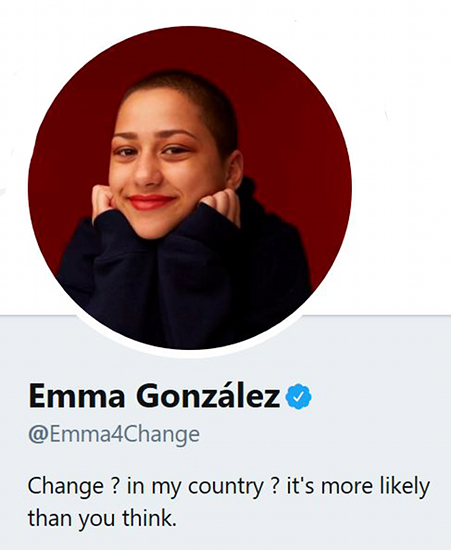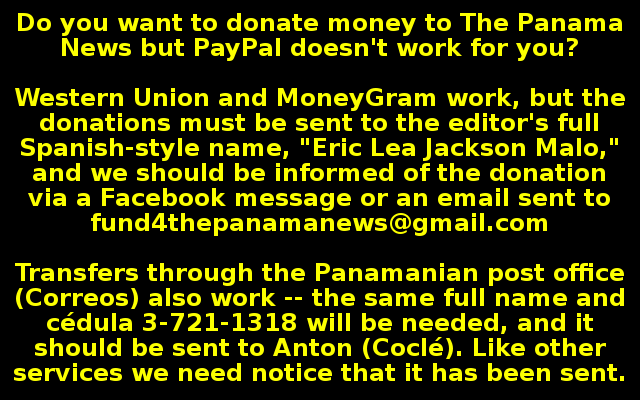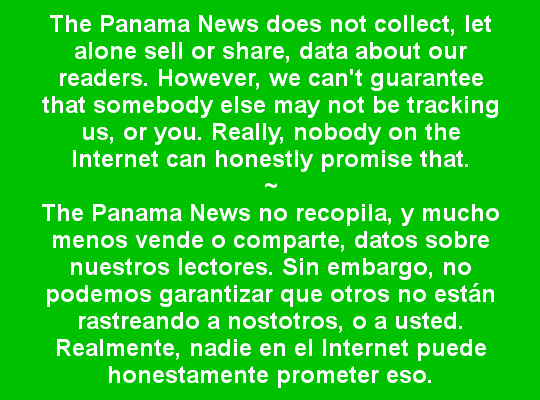The walking wounded
This past week, two survivors of the massacre of 17 people in Parkland killed themselves.
Of all the awful mass shootings, what happened at Marjory Stoneman Douglas High School there dominated the news because it was at a mostly middle class high school in Florida’s Broward County. That is, those students who were killed and the surviving witnesses were not inarticulate second graders like at Newtown, nor were they “throwaways” to be ignored by corporate mass media as inner city black kids are, nor did this take place in a “flyover” boondocks area far from a flock of news organizations “that count.”
In the aftermaths of these instances school administrators, teachers and cops, rightly or wrongly, live in terror of being fired from the jobs and seeing their middle class lives collapse, so silence on their parts is the norm. But here you had a few high school students who had learned their civics well and decided to take a stand, and TV crews available to spread their words and deeds around the world in an instant.
So a few articulate survivors stepped forward, and the world owes them a debt of gratitude.
In the words of the very worst reporters left unaltered by negligent editors, the kids who spoke out were, because unpierced by bullets, “unharmed.”
Those of us who have have survived firearms violence without being shot know better.
A perusal of history, not in the banal list of battles, wars and treaties that kids are typically taught but a deeper inquiry, will tell us of the waves of suicides, crimes and wandering lost souls that come in the wake of every major war.
After Vietnam, American doctors came up with a term for one of the common sets of symptoms, “Post Traumatic Stress Syndrome.” But there was denial from many sides — government bean counters who feared the costs of acknowledging all of these psychologically wounded veterans, people whose outlooks are warped by Hollywood fiction and its stereotypical outcomes, fear of the social stigmata when people realize that the real war hero is likely to be a person haunted by terrible and persistent demons.
Therapists, researchers in several disciplines and those who respond to social crises understood the ex-soldiers’ predicament as part of a larger phenomenon. PTSD is not just a war disorder. It’s seen in the wake of domestic violence, armed robberies and yes, the spate of mass bloodlettings by assholes with assault rifles.
David Hogg, under many a threat by the brainwashed minions of the gun sellers’ lobby, is on his way to Harvard. Emma González, also a magnet for hatred, heads in her own way to the next challenges in her life. But a couple more of their peers have fallen by the wayside, by their own hands if you want to cut and compress the timeline.
It’s so predictable, if not on a precise micro scale. As a matter of social statistics, it’s to be expected. There are often indications of high suicide risk, which people ought to get to know.
So many tasks are urgently pressing as many afflicted nations address their particular problems with violence. But we all need to understand, look out for and lend a hand to the walking wounded.

Bear in mind…
These links are interactive — click on the boxes













